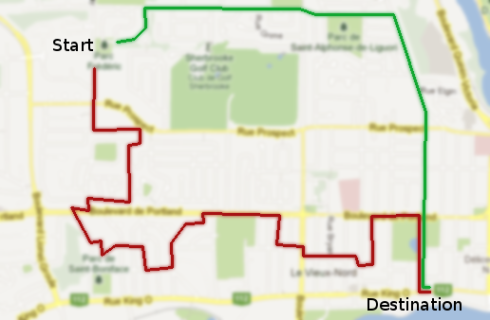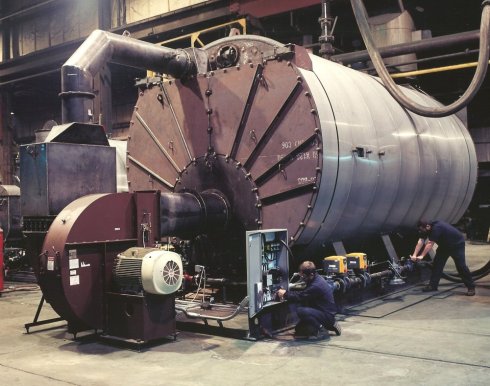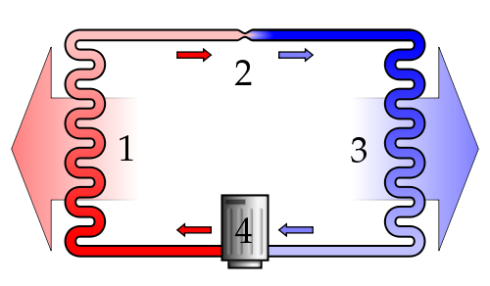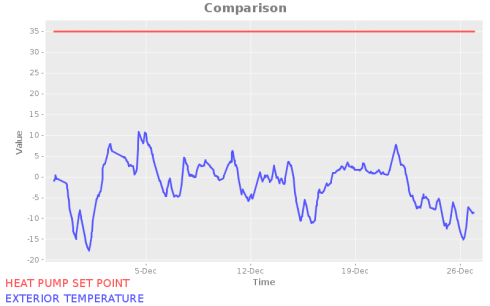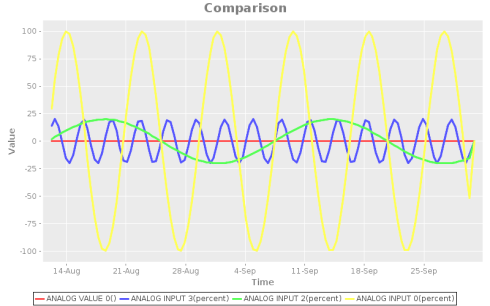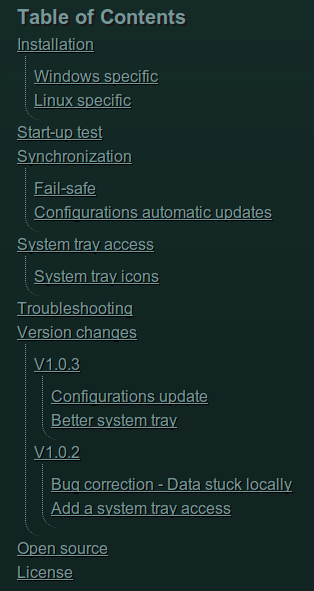PCs are everywhere. Except when you need one.
I’ve recently released an open source BACnet webserver and toolkit onto this world. As with my traditional naivety, I was saying:
“It’s really simple! You just have to take any PC that you have available and make sure it’s never turned off.”
The response I got from many of my customers was underwhelming to say the least.
Well, turns out PCs are kind of a hard thing to get for some building managers. They can’t just take an old PC laying in a storage bin… many need to contact their IT department, ask the permission to get a PC and get someone to install and configure it. This often also means a new windows licence, new login/password for the machine… in short, it’s a pain.
In search of cheap computers
I decided to take matters into my own hands and to install Wacnet on the smallest machine I could get my hands on. This way, I might be able to sell small computers to my customers for a fraction of the cost of using one already owned by them. (This statement alone is mind boggling… it might be cheaper to buy new than to re-use something you already own if you must go thought all administrative hoops.)
First I was thinking about small netbooks. About 2 years ago, I was able to get a brand new one for around $300. Surely now they would be cheaper!
Wrong. Instead, the market shifted towards tablet with a nice little mean price of $500. Not really what I wanted.
The sad thing about tablets is also how hard it can be to tinker with them. Especially those without USB ports.
Almost dedicated hardware
A little saddened by this market shift, I decided to take a look to the Raspberry Pi and alike. In short, all the ARM based miniature PCs.
Not only was I able to install Wacnet with minimum hassle, I was also able to configure a linux distro to boot quickly and start Wacnet immediately.
For the user, this means no more installation necessary and no more shell script or batch file to start the application automatically.
You plug the power on the mini PC, and Wacnet starts! Magic!
I’ve effectively turned this mini PC into a (almost) dedicated hardware.
Behold, the mini PC I’m currently using:

MK802 picture shamelessly taken from http://pakitong.blogspot.ca/
While this is known as the MK802 Allwinner A10 Mini PC, Wacnet should be able to run on all the devices based on the same architecture.
A complete plug and play BACnet webserver for a fraction of the price of some thermostats? Count me in!



